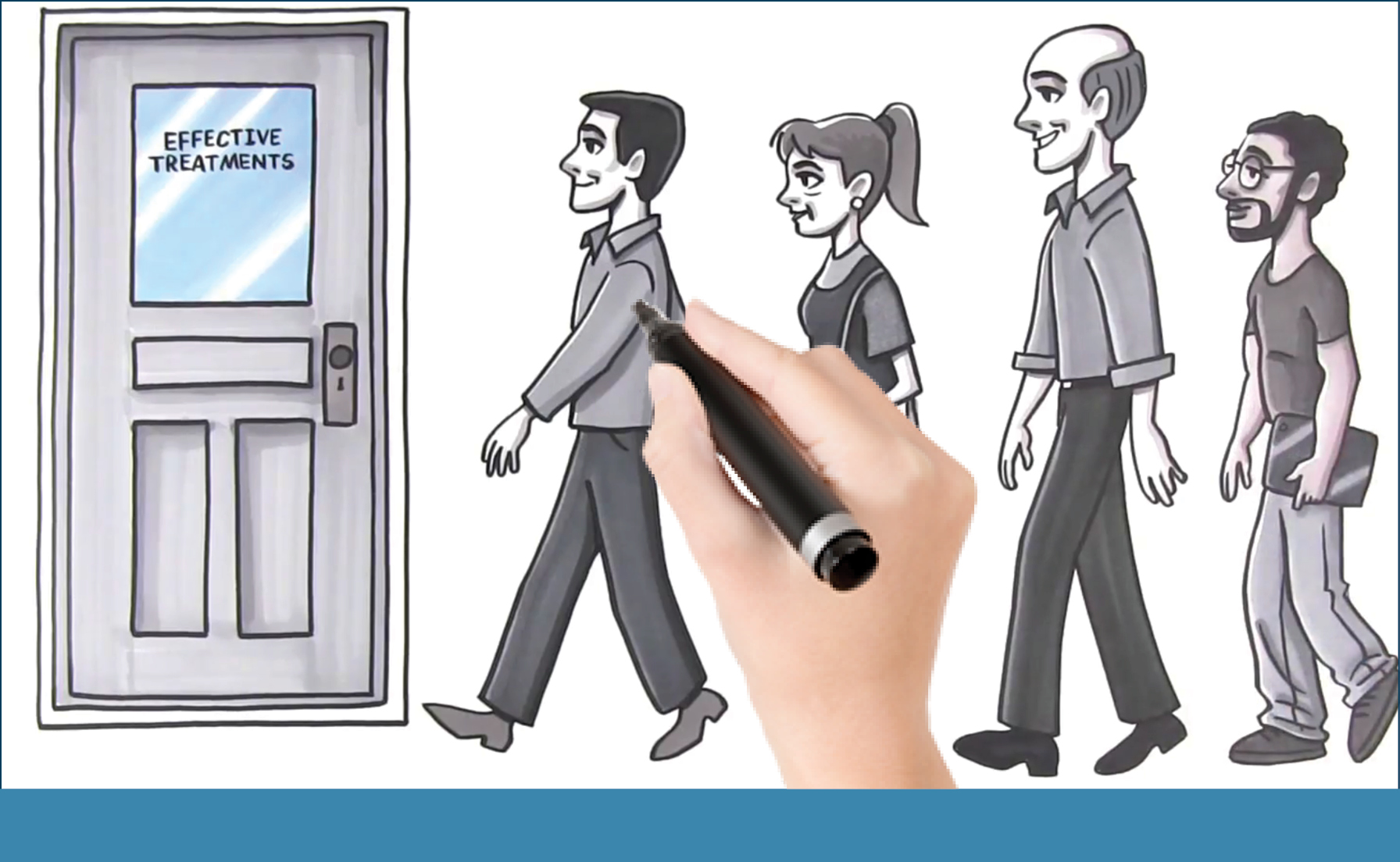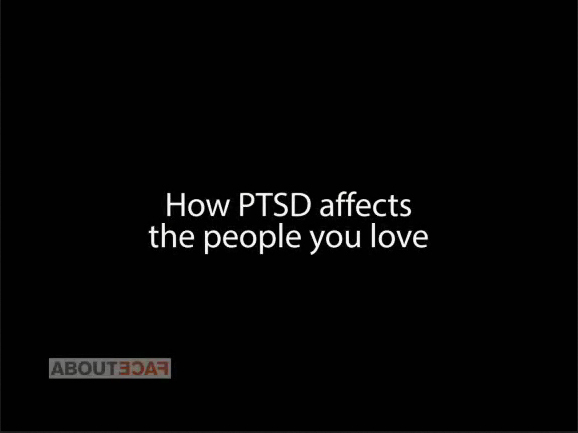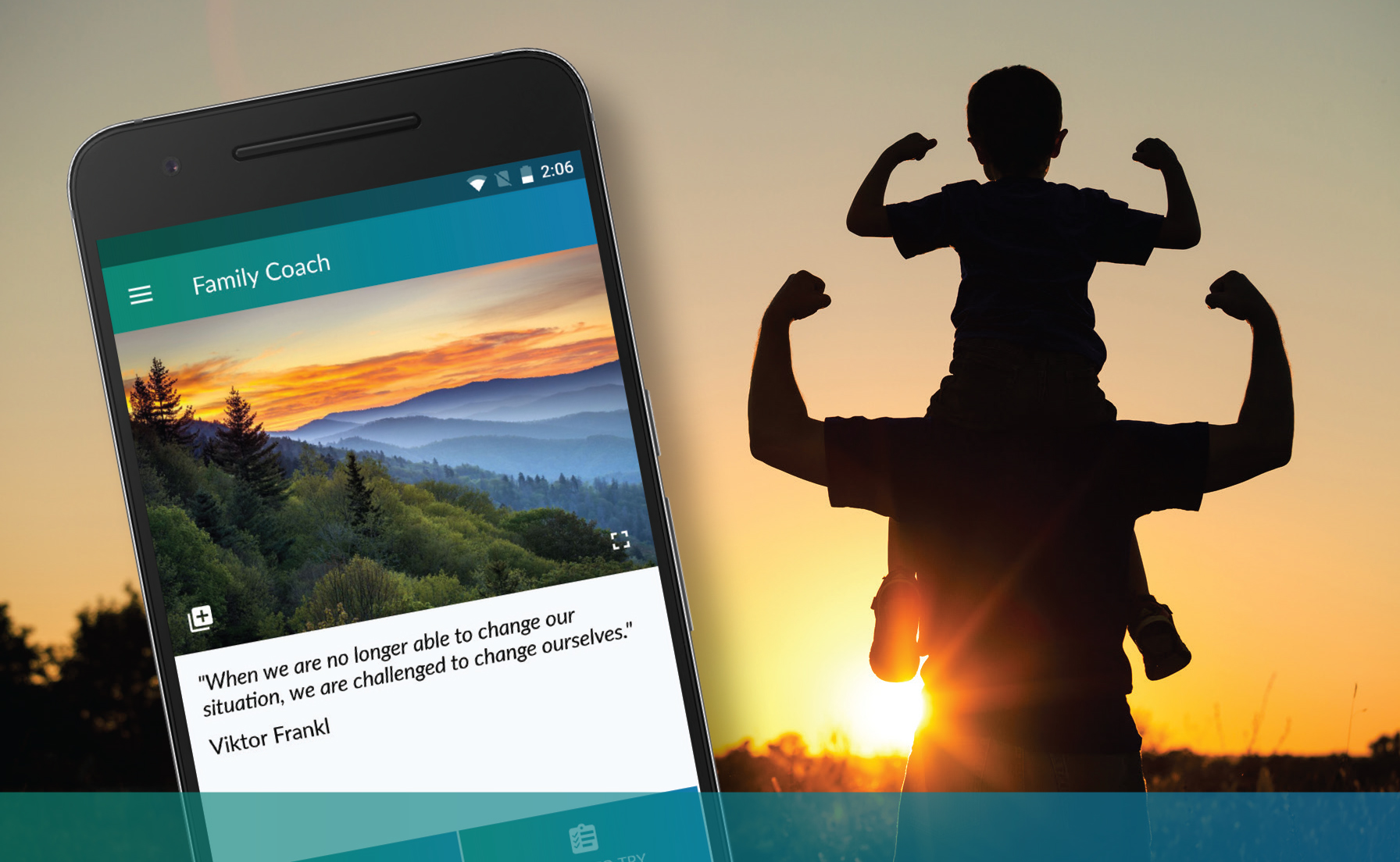How does PTSD affect families?
How does PTSD affect families?
PTSD symptoms can take a toll on family members. Getting along and communicating may be harder than usual. Family members may feel hurt or helpless. At the same time, family stress can impact PTSD symptoms. Together, families can learn to support a loved one with PTSD. Learn about common ways PTSD affects families and tips to work through common issues.
Reading time: minutes
When someone has PTSD, it affects their relationships. Family members may have a range of emotions as PTSD impacts a loved one’s ability to connect, engage, and communicate. Together, families can learn about and heal from PTSD.
How can PTSD impact family relationships?
PTSD symptoms can cause relationship problems. If family members are not aware that a loved one’s feelings or behaviors stem from their PTSD symptoms, they may feel their loved one is unhappy with them. Learning about PTSD and how it affects someone’s feelings and behaviors can help others learn how to respond. The impact of relationship problems on family members is often the reason someone with PTSD seeks treatment.
The table below reviews the 4 main types of PTSD symptoms and examples of how they can impact family members.
Table 1. Examples of how a loved one’s PTSD symptoms may affect you
| PTSD Symptom | Examples of how this may impact you |
|---|---|
| Unwanted reminders of the event, or reliving it |
|
| Avoiding reminders of the event |
|
| Negative thoughts and feelings, or unable to feel positive emotions |
|
| Feeling “on guard” or reactive |
|
Studies looking at partners of people with PTSD show some relationship concerns are common. In general, some partner concerns are
- Lower relationship satisfaction. The quality of a marriage or partnership is often rated lower when a partner has PTSD. If the person with PTSD commonly avoids trauma reminders and feels emotionally numb, it is more likely that a partner will feel the family is not functioning well and being intimate is hard.
- Mental health and distress. Partners of someone with PTSD can feel less happiness, more stress or strain, and lower quality of life.
- Problems with sex. PTSD can impact sexual function and satisfaction. Those who experienced sexual assault are more likely to experience problems with sex, but anyone with PTSD can be affected. The medications used to treat PTSD symptoms can also have sexual side effects.
- Intimate partner violence (IPV). Most people with PTSD have never been violent. There is a higher risk, however, for partner conflict or violence when one or both partners have PTSD.
When PTSD impacts a family, a partner or children may feel a “caregiver burden”— a sense that they must take on extra tasks to take care of the person with PTSD. This can lead to family members feeling added stress, frustration, or fatigue. It is also possible for family members to experience distress from learning about their loved one’s trauma or from the impact of their PTSD symptoms on the relationship.
When a parent has PTSD, it can impact children. There is research looking to understand how the effects of trauma (and PTSD) may be passed along to children and future generations. This may involve both biological (genetic) and social (children learning behaviors from a parent with PTSD) reasons. Learn more about Parenting and PTSD.
How can relationships affect someone’s PTSD symptoms?
Family members can offer valuable support for a loved one with PTSD. This has a positive effect for the person with PTSD seeking treatment and recovery. At the same time, relationships can also impact someone’s PTSD symptoms. Loved ones may not understand symptoms and get frustrated or irritated, causing conflict. It’s also possible that family members may change their own behaviors in ways that maintain their loved one’s PTSD symptoms. This is not on purpose and is meant to be supportive. For example, a family member may choose to do all the grocery shopping so that the person with PTSD doesn’t have to face a crowd at the store. This can continue a cycle of avoidance for the family member with PTSD.
When first learning about a loved one’s trauma, family members may respond in negative ways. It is also possible that family members fail to understand or agree with the importance of a traumatic experience in a loved ones’ life. This disconnect may cause family members to feel less empathy or blame the person rather than PTSD symptoms for behaviors or tension.
How might family members work together when someone has PTSD?
There are many ways to show you care and work with your loved one to feel supported.
- Work on good communication. It’s important to try to communicate clearly. Consider setting a time to talk regularly.
- Check in, often. Talk with your loved one about strategies that might help them and ways you are supporting them that are helpful. Try to listen and check back if the timing isn’t right.
- Plan activities you enjoy. Even if your loved one avoids places or things you plan, encourage them to join you. Ask if there are ways to make them feel more comfortable, like having a close friend over for dinner rather than going to a restaurant. Be open to shorter activities, smaller groups, or a slower pace.
- Support their treatment. Learn about PTSD treatments and be patient. It can take time for anyone to accept that they need treatment. Offer practical support, like finding PTSD therapists, talking about treatment options, or calling to make an appointment.
- Make a plan, together. You can learn to recognize when your loved one is struggling. Talk with them ahead of time about what to do if PTSD symptoms flare up or increase. Know what you will do if a crisis arises, whether it’s getting immediate help, reaching out to your loved one’s mental health provider, or practicing coping skills.
- Take care of yourself. When a loved one has PTSD, it’s important that you take care of your own needs and emotions. Learn about self-care resources for family members. You can also seek therapy for your own needs.
There are treatments for PTSD that work. Encourage a loved one to get treatment and recognize that people will accept help at their own pace. So, try to be a good listener. Share your feelings and your support. Learn about effective PTSD treatments and consider couples-based or family therapy options.
What resources are available to family members?
Learn more about ways to help a loved one with PTSD and how to manage your own needs and self-care. Our PTSD Family Coach mobile app is free and offers self-care resources to concerned family members.
To learn more about PTSD and how families are affected, visit AboutFace. This website includes video stories from Veterans, family members, and clinicians about PTSD and effective treatment options.
Video
How PTSD Affects the People You Love
Living with someone with PTSD can take a toll on relationships. PTSD doesn't just affect you — it affects everyone around you.
If you are a family member of a Veteran with PTSD, read tips to help a Veteran get care. The VA Caregiver Support Program offers services to family members of Veterans.
For military families, the following resources are helpful:
- Military OneSource
 is a Department of Defense-funded program offering support for military families and their communities. The website includes resources for families and for those who have PTSD
is a Department of Defense-funded program offering support for military families and their communities. The website includes resources for families and for those who have PTSD - Sesame Street for Military Families
 is a free, bilingual (English and Spanish) website with age-appropriate content about deployment, homecoming, injury, grief and other relevant topics.
is a free, bilingual (English and Spanish) website with age-appropriate content about deployment, homecoming, injury, grief and other relevant topics.
Summary
Together, families can learn to support a loved one with PTSD. It’s also important for family and friends to take care of themselves. Our Understanding PTSD: A Guide for Family and Friends (PDF) is a free booklet to help you along the way. Research is helping us learn more about other relationships, like friends, relatives, and coworkers. That said, much of the information and tips in this article are useful for anyone who cares about someone with PTSD.
You May Also Be Interested In

Understanding PTSD: A Guide for Family and Friends (PDF)
What you need to know to help yourself and your loved one with PTSD.

PTSD Treatment: Know Your Options Whiteboard video
Watch this video on the best treatments for PTSD.

























